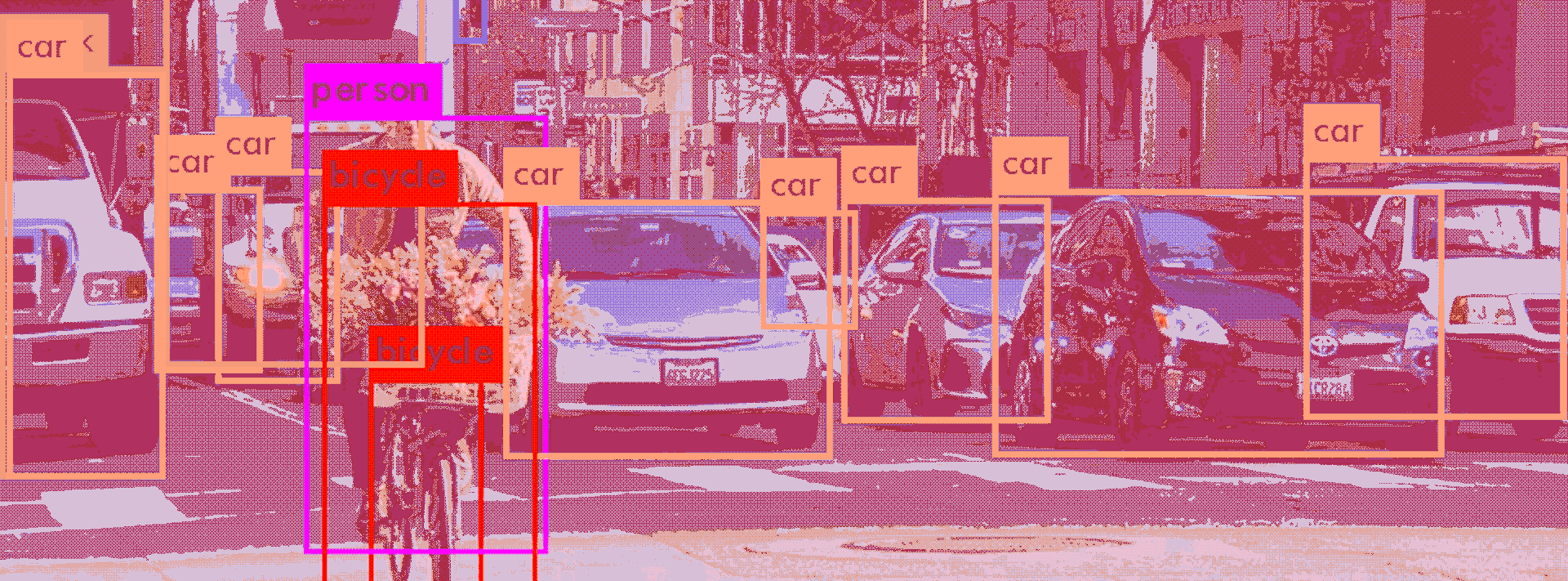Week 2 — AI in support of innovation
From the topics this week, these two prompts:
consider how artificial intelligence (AI) might support innovation in the future
And:
do some quick research into how AI is being used within your own specialism
Let’s start with the first. How might AI support innovation in the future?
The hot topic in the AI scene of late is GPT-3, of which many novel applications have seen the light, albeit still in prototype stage. It can learn language and infer semantic meaning from existing corpora and “, GPT-3 can generate synthetic news articles which human evaluators have difficulty distinguishing from human-generated articles” (Brown et al. 2020).

AI have long found an application in video games in terms of NPC (non-player character) actions and combat AI (Schreiner 2002). However, this application is quite simplified, as games have to remain fun and AIs can’t be too clever and alienate the player.
However, looking at the GPT-3 applications that currently exist in prototype stage, it looks like AI might be an assistive technology in the video games production process. This is an avenue I want to explore further.
As the narrator in the linked video above says, and I paraphrase: if a computer is a bicycle for the mind, then GPT-3 is a fighter jet.
Onto the second prompt. I repeat:
do some quick research into how AI is being used within your own specialism
My own specialism (currently) is full-stack web development. I have first-hand experience of a few AI technologies in my day-to-day, for instance, Google Vision. I once worked on a receipt scanner for DunnHumby, and we used it to great success. In fact, I converted a previous project of mine from a custom-trained Keras-based neural network to use Google Vision instead, that’s how much better and simpler to use it was.

Reflecting on the decision to use Google Vision instead of a home-grown solution leaves me with these take-aways: we achieved quicker product-to-market, but we are now also locked-in to a specific vendor. What remains to be seen is whether AI is becoming more accessible, and if we’d have a range of (good) vendors to choose from. OpenAI has just exclusively licensed GPT-3 to Microsoft, after all (Scott 2020). (I guess they can rename themselves from OpenAI to ClosedAI now.)
Would I want to learn more about the nuts-and-bolts of deep learning? Well, I’ve done it before with pdfcrun.ch, but let me tell you - it’s a full-time job. I had to hire a full-time PhD Computer Vision expert just to help with the finer details which would have taken me years to figure out myself.
Is it worth staying abreast of latest developments in AI? Yes, of course.
Bibliography
- BROWN, Tom B. et al. 2020. “Language Models Are Few-Shot Learners.” arXiv:2005.14165 [cs]. Available at: http://arxiv.org/abs/2005.14165 [accessed 30 Sep 2020].
- SCHREINER, Tim. 2002. “Combat Oriented AI.” Artificial Intelligence in Game Design. Available at: https://web.archive.org/web/20020802175520/http://ai-depot.com/GameAI/Design.html [accessed 30 Sep 2020].
- SCOTT, Kevin. 2020. “Microsoft Teams up with OpenAI to Exclusively License GPT-3 Language Model.” The Official Microsoft Blog. Available at: https://blogs.microsoft.com/blog/2020/09/22/microsoft-teams-up-with-openai-to-exclusively-license-gpt-3-language-model/ [accessed 30 Sep 2020].
This post is part of my critical reflective journal and was written during week 2 of the module development practice.
Unlabelled images are Copyright 2020 Juan M Uys, and are for decorative purposes only.